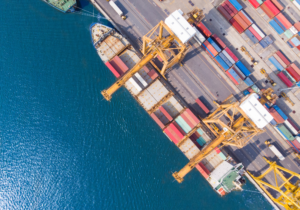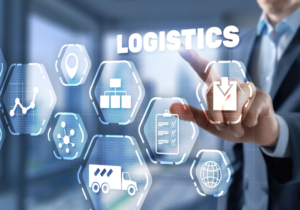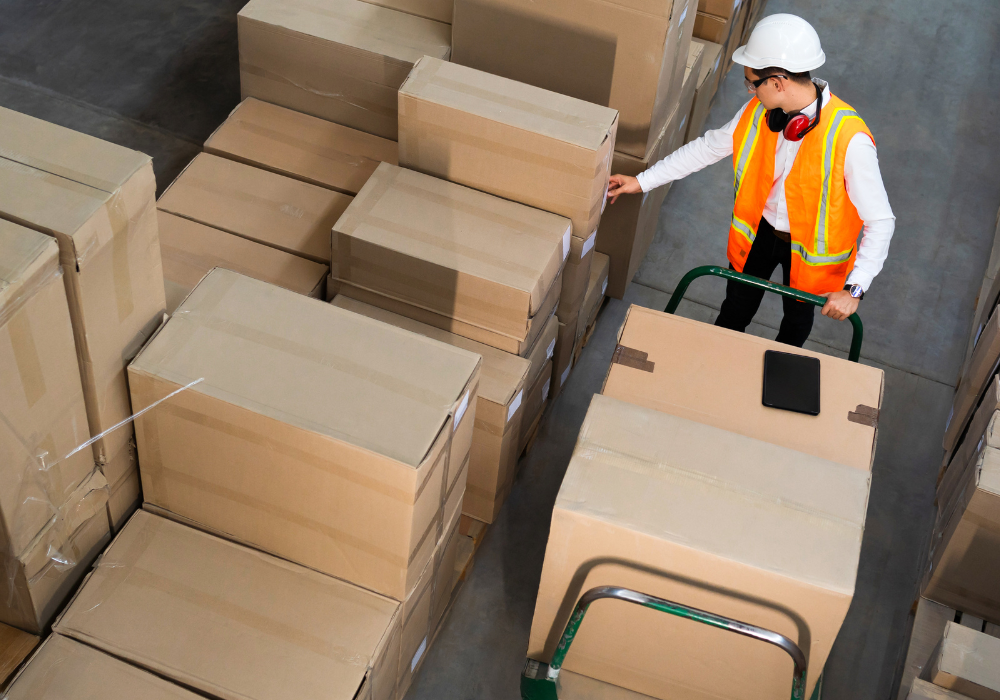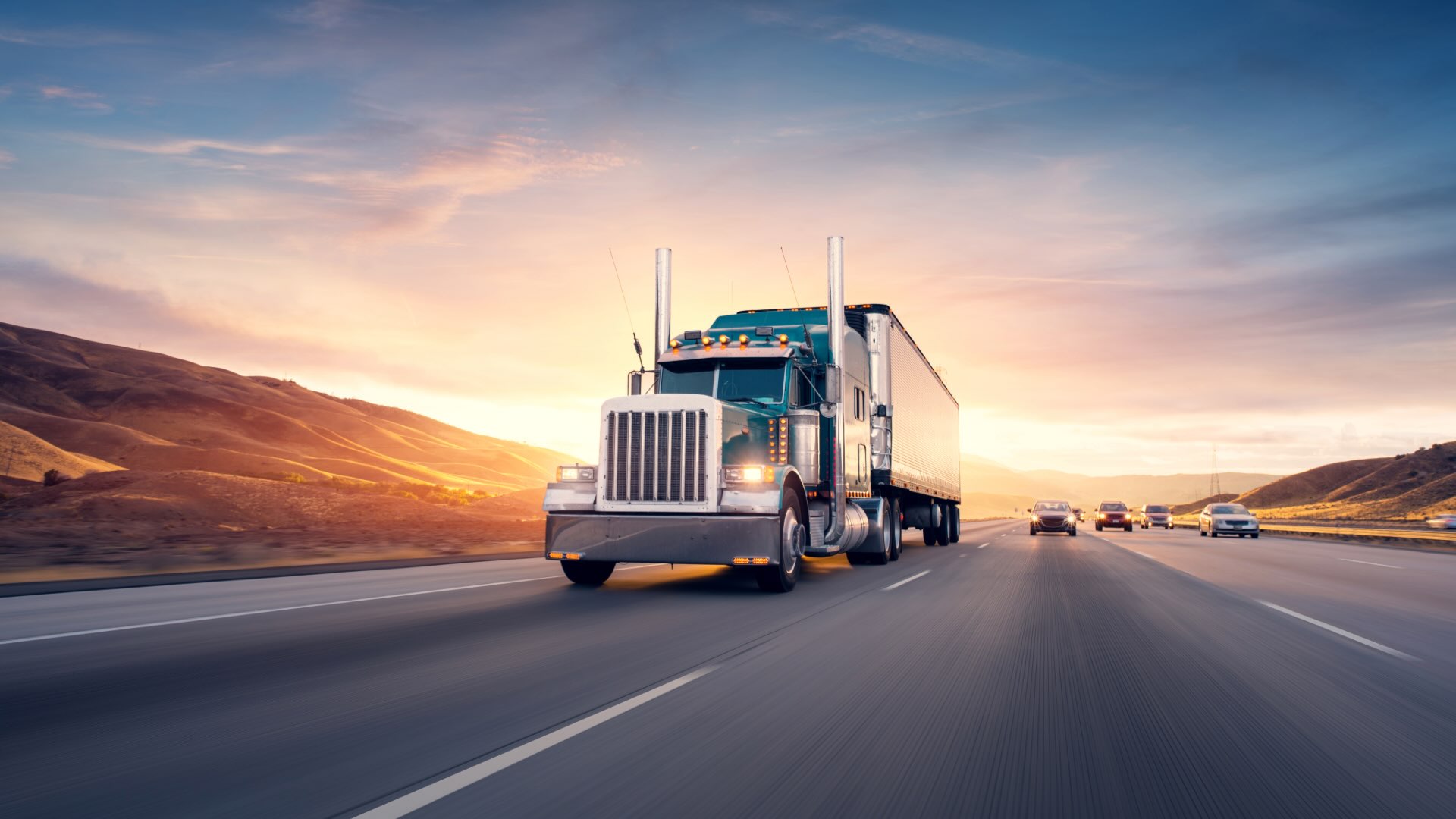Have you ever paused to consider how your favourite gadget arrives at your doorstep, or how your local grocery store stays stocked with your preferred brand of cereal? The answer lies in a complex, efficient, and often invisible network known as logistics. This hidden backbone quietly powers nearly every aspect of our daily lives, ensuring that goods and services are available when and where we need them. In this blog post, we’ll delve into the fascinating world of logistics and explore how it silently shapes our everyday experiences.
 Exploring the Invisible Network: Understanding Logistics
Exploring the Invisible Network: Understanding Logistics
At its core, logistics involves the planning, implementation, and control of the movement and storage of goods, services, and information within a supply chain. While often perceived as merely the act of transporting goods from point A to point B, logistics encompasses a broad range of activities, including:
- Transportation: Moving goods via air, sea, rail, or road.
- Warehousing: Storing goods in facilities until they are needed.
- Inventory Management: Keeping track of stock levels to meet demand without overproducing.
- Order Fulfillment: Picking, packing, and delivering goods to customers.
- Demand Planning: Forecasting future customer demand to ensure the right quantity of goods is available.
This intricate web of activities ensures that products seamlessly flow from manufacturers to consumers, making logistics an essential component of modern commerce.
The Silent Movers: Enhancing Consumer Experience
Logistics plays a pivotal role in enhancing the consumer experience across various industries. Let’s explore how:
Retail
In retail, efficient logistics translates to well-stocked shelves and timely delivery of online orders. Retailers rely on sophisticated logistics networks to ensure that products are available in stores and can be quickly shipped to customers who shop online. A well-oiled logistics system can mean the difference between a satisfied customer and a lost sale.
E-commerce
E-commerce giants like Amazon have revolutionized consumer expectations through their logistics excellence. Fast shipping options, real-time tracking, and hassle-free returns are now standard, thanks to advanced logistics solutions. These services create a seamless shopping experience that keeps customers coming back.
Food Delivery
In the food delivery industry, logistics ensures that your meal arrives fresh and hot, even if it’s ordered from across town. Companies like Uber Eats and DoorDash use complex algorithms to optimize delivery routes and times, providing a consistently pleasant dining experience.
The Green Connection: Sustainability in Logistics
While logistics is indispensable, it also has significant environmental impacts, including carbon emissions and resource consumption. However, the industry is increasingly adopting sustainable practices to mitigate these effects. Some of these initiatives include:
- Eco-friendly Transportation: Investing in electric and hybrid vehicles to reduce carbon footprints.
- Optimized Routing: Using software to find the most efficient delivery routes, reducing fuel consumption.
- Green Warehousing: Implementing energy-efficient technologies in warehouses, such as LED lighting and solar panels.
- Sustainable Packaging: Using recyclable and biodegradable materials to minimize waste.
These efforts not only benefit the planet but also appeal to environmentally-conscious consumers, adding another layer of value to logistics operations.
Technology as the Enabler: Modernizing Logistics
Technology is at the forefront of modernizing logistics, making processes faster, more efficient, and more reliable. Key technological advancements include:
- Internet of Things (IoT): IoT devices provide real-time data on the location, condition, and status of goods in transit, enhancing visibility and security.
- Artificial Intelligence (AI): AI algorithms optimize routes, predict demand, and automate repetitive tasks, contributing to more efficient logistics operations.
- Blockchain: This technology offers secure, transparent transaction records, reducing fraud and improving traceability in the supply chain.
- Drones and Autonomous Vehicles: Cutting-edge solutions like drones and self-driving trucks promise to revolutionize last-mile delivery, making it faster and more cost-effective.
 Future of Logistics: Emerging Trends
Future of Logistics: Emerging Trends
As we look ahead, several emerging trends are poised to further transform the logistics industry and, consequently, the consumer experience:
- Hyperlocal Delivery: The rise of micro-fulfillment centers within urban areas will enable ultra-fast deliveries, sometimes within minutes of ordering.
- Circular Supply Chains: Emphasizing the reuse and recycling of materials, circular supply chains aim to minimize waste and contribute to a more sustainable future.
- Smart Warehousing: Advanced robotics and automation will make warehouses more efficient, reducing the need for human intervention and speeding up order fulfillment.
- Personalized Delivery Services: Consumer demand for flexibility will lead to more personalized delivery options, including scheduled and same-day deliveries.
Logistics may operate behind the scenes, but its impact on our daily lives is profound and far-reaching. From ensuring that our favourite products are always available to pioneering sustainable practices and leveraging cutting-edge technology, logistics is a silent mover that shapes the world we live in.
So the next time you receive a package, enjoy a meal delivery, or shop at a well-stocked store, take a moment to appreciate the intricate logistics network that made it possible.




